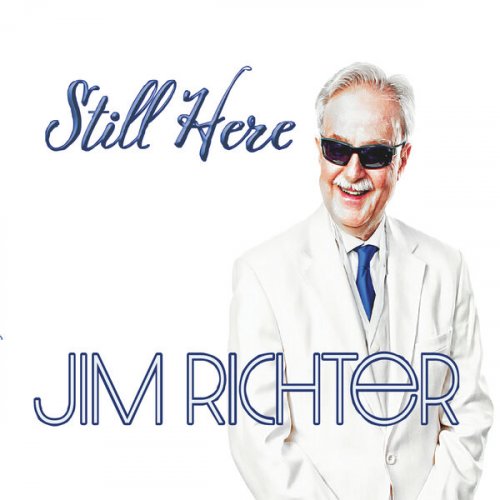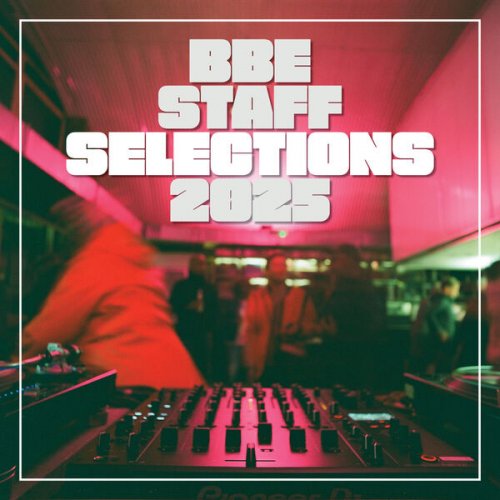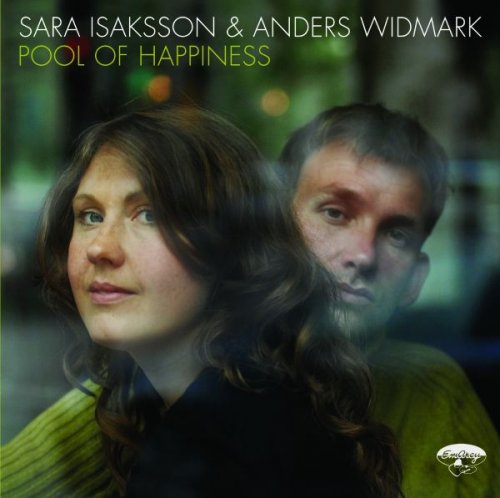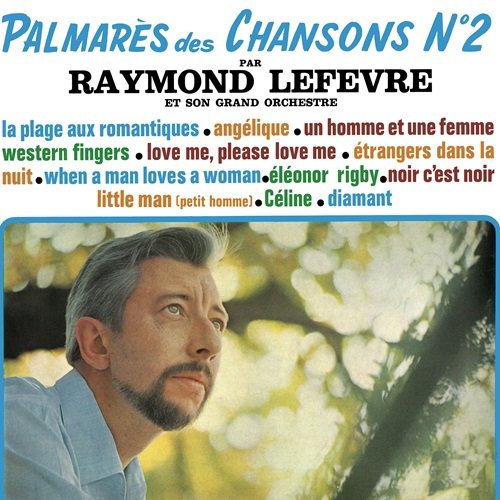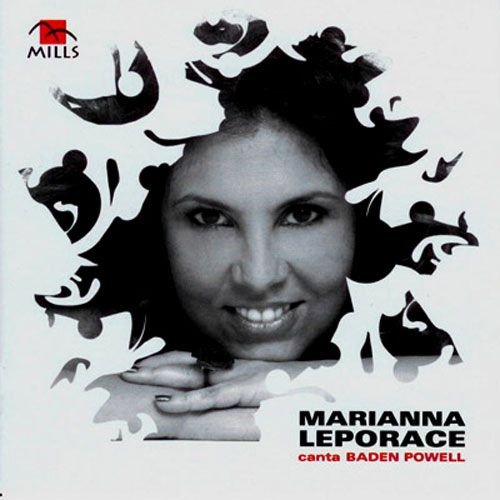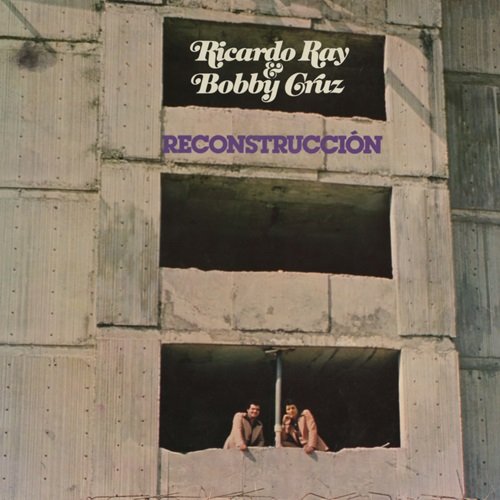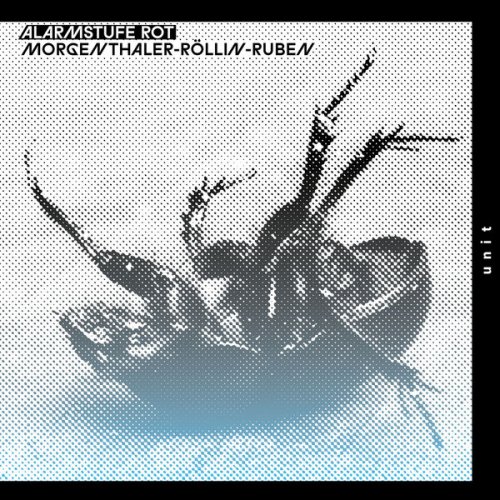Artist:
Waan
Title:
Live EP
Year Of Release:
2024
Label:
Sonar Kollektiv
Genre:
Jazz, Electronic
Quality:
FLAC (tracks) [44.1kHz/24bit]
Total Time: 37:33
Total Size: 408 / 219 MB
WebSite:
Album Preview
Tracklist:1. Chivat (Live) (09:02)
2. 1974 (Live) (07:18)
3. Open (Live) (05:22)
4. The Cricketer (Live) (08:27)
5. Hard Cane Bone (Live) (07:24)
WAAN represents the musical marriage of seasoned saxophonist Bart Wirtz and keyboard wiz Emiel van Rijthoven. As a pair of self-confessed tech nerds hailing from The Netherlands, their bromance was a slow burning one, but nevertheless their eventual collaboration fulfilled a dream that they’d both held close since first working together back in 2010.
The symphonic soul mates formed WAAN - a Dutch word literally meaning “delusion” but in the more positive sense of “living in the moment” - originally as a collaborative live band but eventually came to the conclusion that the creative process was best kept between the two of them.
This was very much the case on their debut studio album, Echo Echo, released last year on Sonar Kollektiv, but it wasn’t long before the duo wanted to get back on the road as a full live band. Throughout 2023, and right up to the present day, WAAN have been tirelessly touring The Netherlands with bassist Matteo Mazzú and drummer Mark Schilders making up the rhythm section and joining Emiel and Bart as they returned to the source of their sound.
At the end of a fourteen month sojourn around their homeland, the quartet hand picked five recordings - four from their show at the Nobel in Leiden, near The Hague, on 19th January 2024 and one recorded at the Theater de Bussel, in the town of Oosterhout, in the south of the country, on the 19th of April 2023. These recordings perfectly capture the meeting of acoustic and electronic music in a live setting with Schilders’ subtly applied computerised sounds perfectly complementing Bart and Emiel’s warm keys and saxes, and Matteo’s switch between acoustic and synth bass.
The opening track, Chivat, is initially centred around Bart’s sultry saxophone, backed by perpetually tinkling keys and electronics as well as free jazz drums. As such it harks back to the freestyle jam that the studio version was originally born from, before it breaks down into a tense conversation between drums and bass, punctuated by edgy, questioning keys. As the keys take over, the sax finally finds its voice again and the track ends where it began, leaving the audience in audible raptures at this warm and welcoming odyssey.
The second piece, entitled Open, started life in the studio as a collaboration between Bart and Oscar de Jong of Kraak & Smaak fame, with Emiel adding synths and Mark Schilders and Rik Kraak providing bass and “noise”. In its live incarnation Bart’s sax swirls around sparkling insistent synths and driving drums, with the result being a propulsive yet sensitive rendition of this album highlight.
1974 springs to life with percussion and electronics vying for supremacy. It’s an intense piece, named after its musical structure, and originally grew in the studio from Emiel’s minimal piano, with a Philip Glass influence, to something way more epic and orchestral thanks to Bart’s layers of counter-rhythmic horns and a colossal wall of synths. Here, in its live incarnation, the build is somehow even more powerful as keys, brass, electronics, bass and drums conjoin to give it an immense, symphonious finale amongst howls of appreciation from the audience, making you wish that you could have been there!
The Cricketer is the only track to be included from the quartet’s show in Theater de Bussel, Oosterhout in April of last year. It’s one of WAAN’s more foot friendly offerings with its 4/4 time signature, unrelenting percussion and hypnotic bassline courtesy of Matteo Mazzú. Ebbing and flowing synths and a hypnotic horn line make this an audience favourite and an essential addition to this collection of live takes.
Finally, Hard Cane Bone is a feisty little number, with Emiel’s fiery keys making way for a sinister bass line and unusual horn melodies that give the piece, even its live form, a kind of soundtrack feel. Tense synths and electronics then allow for a change of pace and a more melodic interlude, before Mark’s drums raise the momentum once again, and the audience is left with an extraordinary climax between all four musicians, and are no doubt left wanting more.
All of the tracks were recorded by the band’s live sound engineer Timothy van der Holst, and mastered by UK engineer Max Gikes.


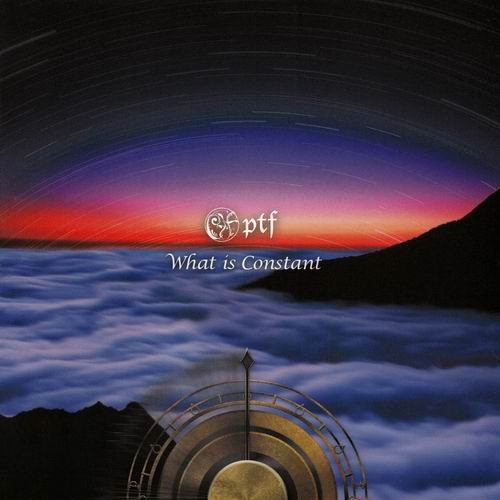
![Billie Holiday - Strange Fruit (Remastered) (2021) [Hi-Res] Billie Holiday - Strange Fruit (Remastered) (2021) [Hi-Res]](https://www.dibpic.com/uploads/posts/2025-12/1765367540_bhsf500.jpg)
